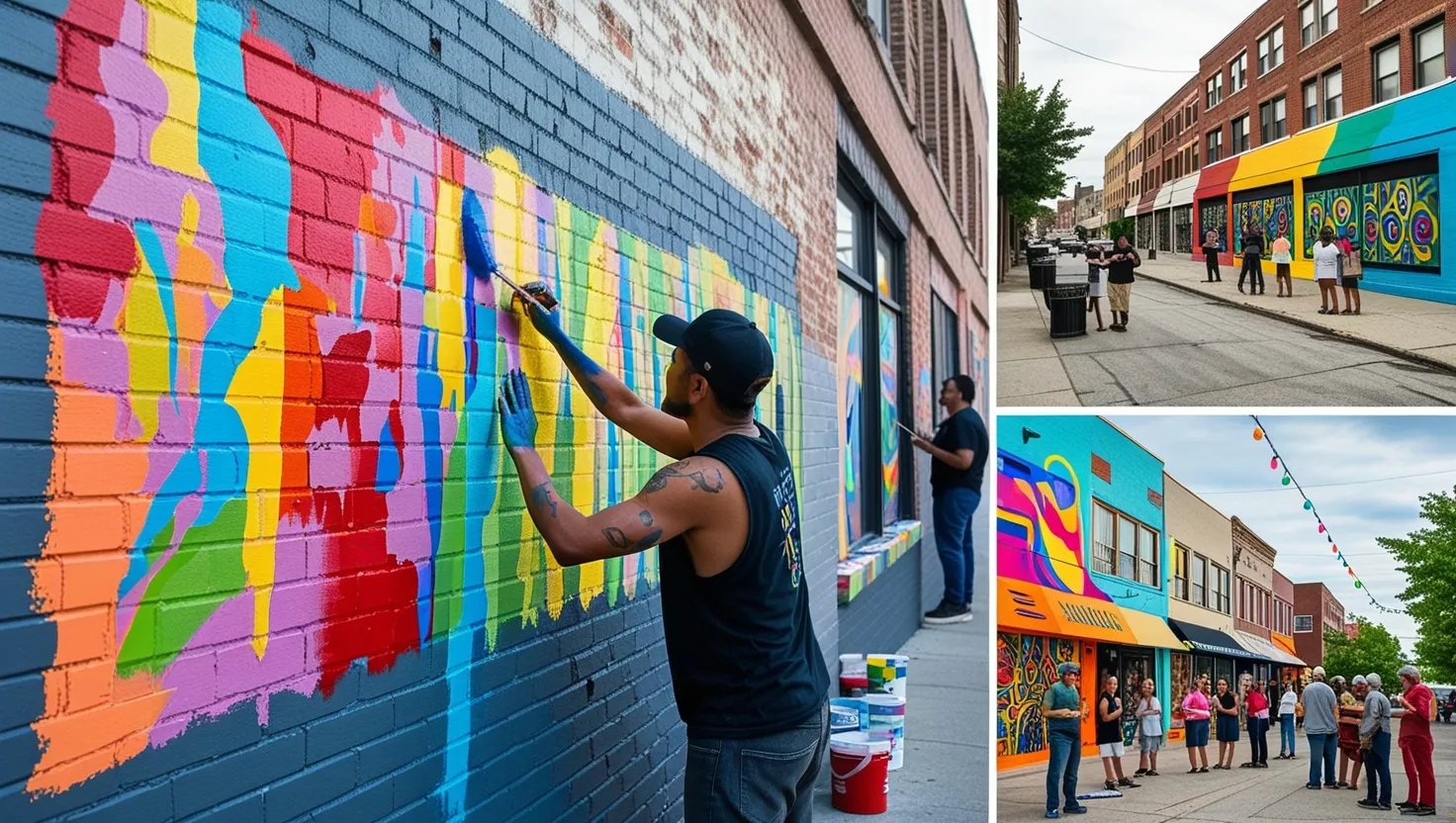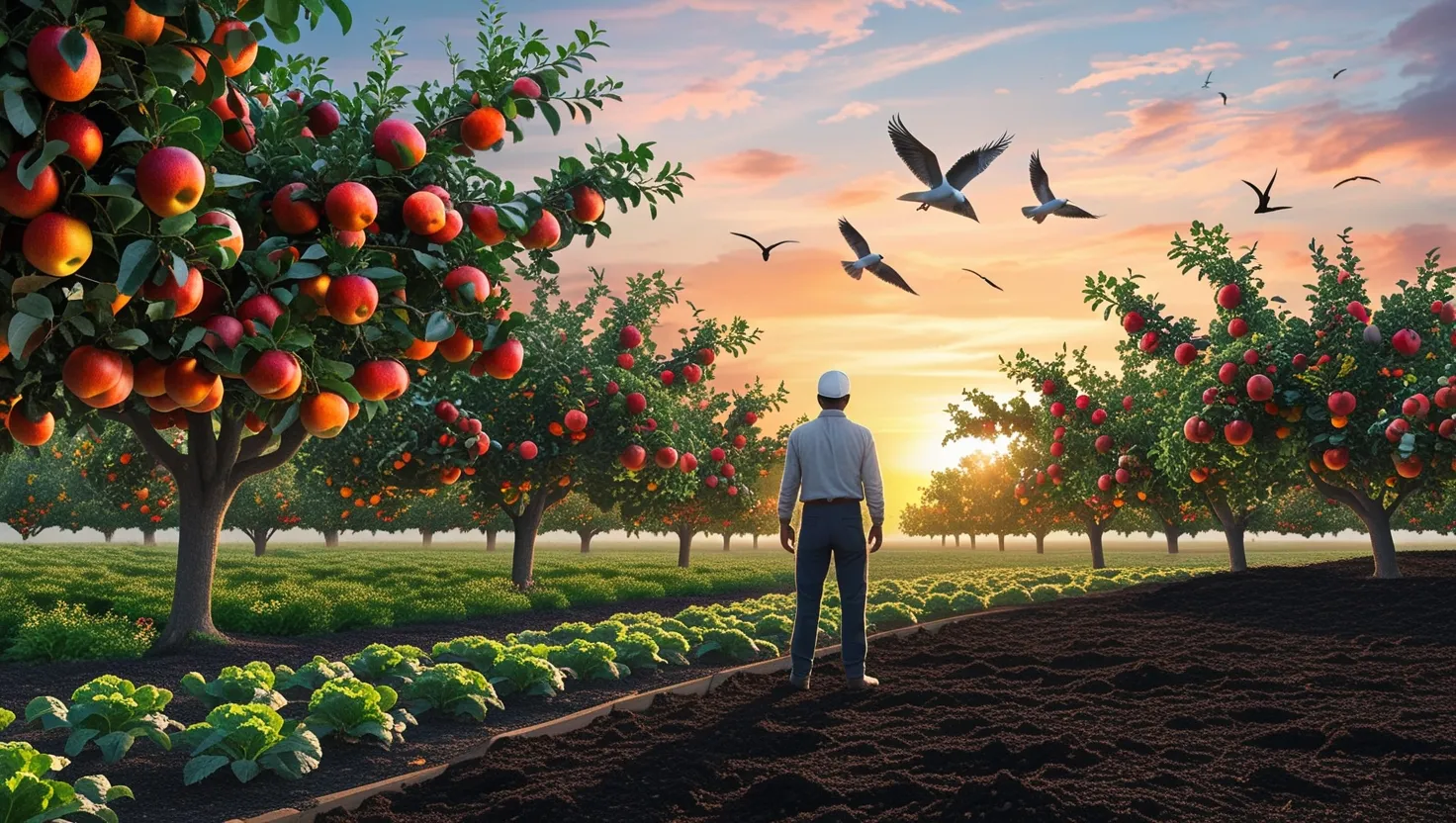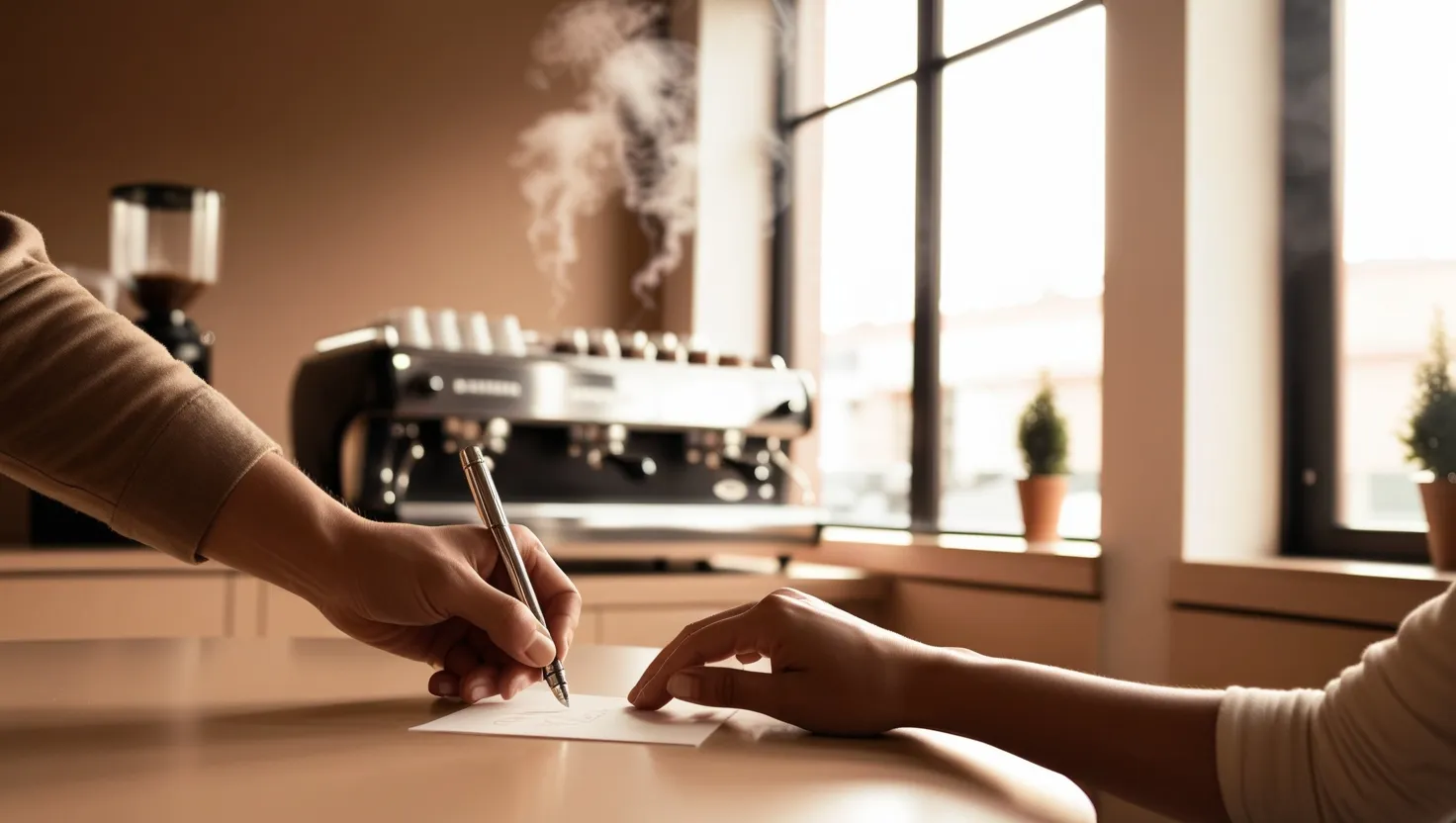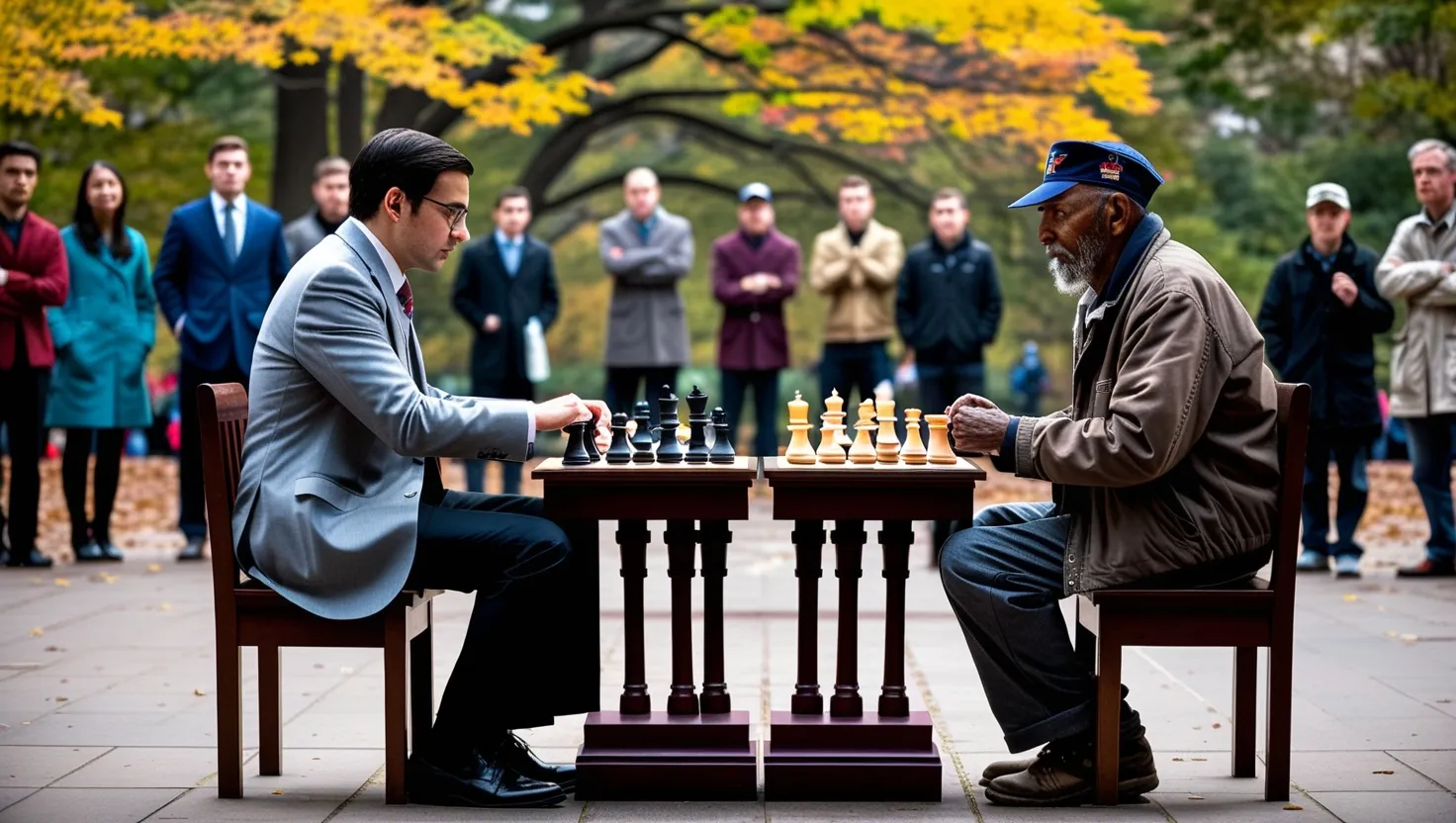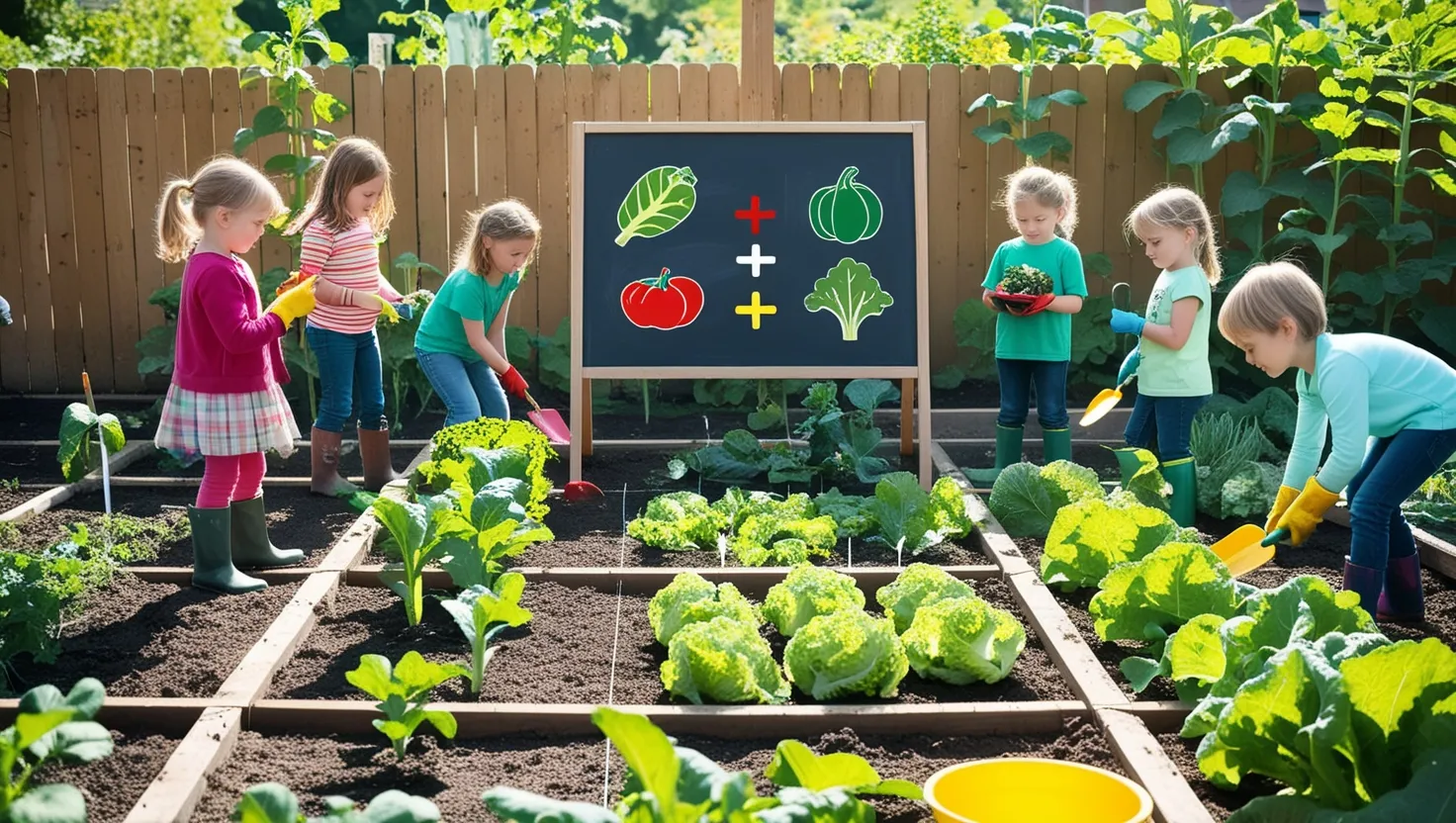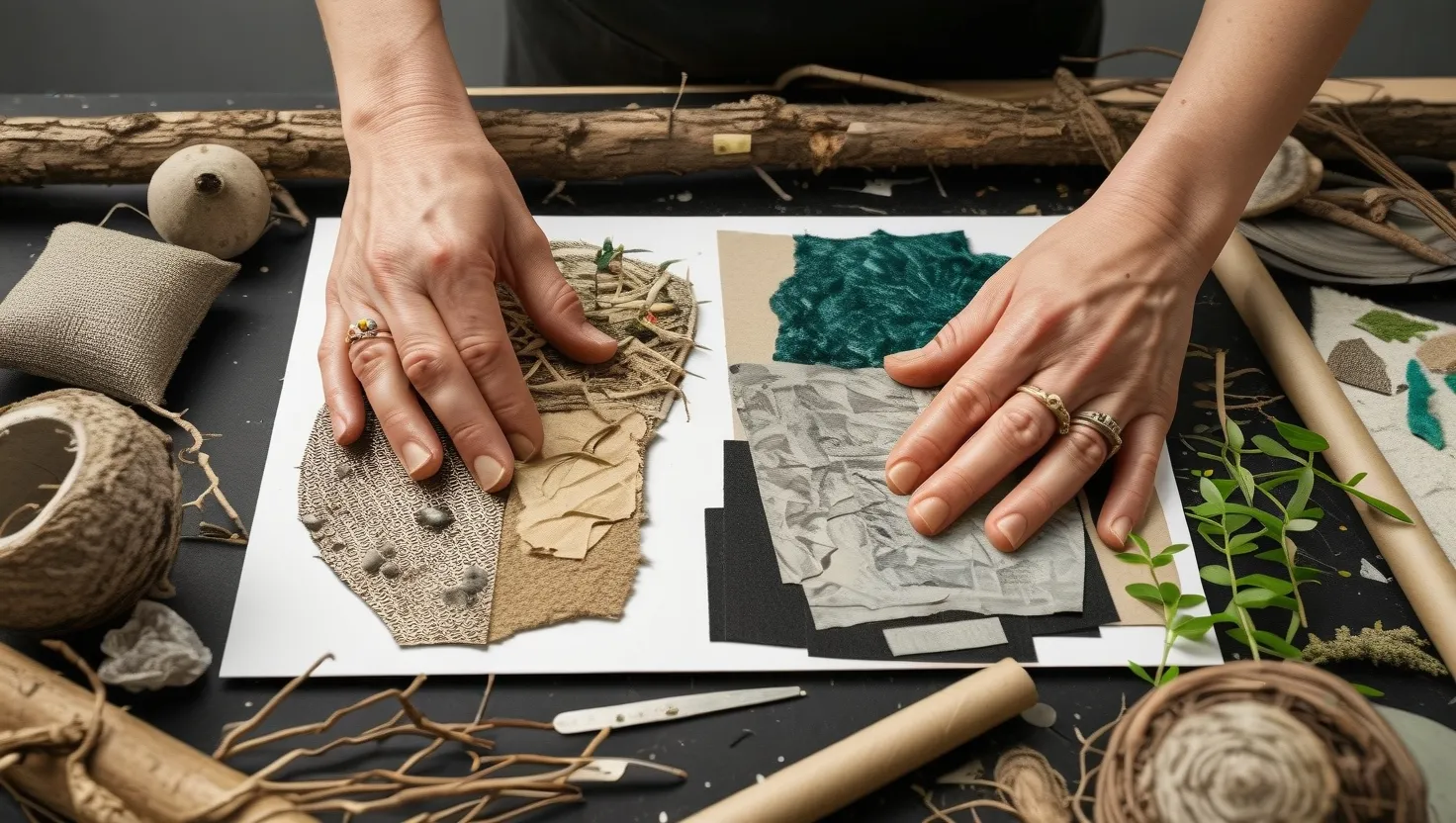What does value mean when you have no cash in your wallet, but your work brings color to a blank wall or a smile to a neighbor’s face? I ask myself this as I step into Leo’s shoes—a hungry, paint-stained artist in a city that seems built for anyone but him. For Leo, every meal and every night’s shelter is an uncertain equation. But where others see scarcity, Leo discovers possibilities. When I’m deprived of coins, I begin to see the world not by price tags, but by what matters—what I possess, and what I can give.
“Art is not a thing; it is a way.” Georgia O’Keeffe’s words echo in my mind as Leo hauls his battered case of brushes across cracked sidewalks. Each mural he paints isn’t just a picture—it’s a promise. The grocer’s blank exterior wall becomes a canvas, and in exchange Leo fills his bag with bread and eggs. Barter isn’t just a transaction; it’s an act of trust, a handshake without middlemen. Sometimes I wonder, what would happen if cash vanished tomorrow? Would we find a way to survive through what we create, what we can fix, how we can help? Leo’s story suggests yes.
Bartering as an artist is old—ancient, even. Before galleries, before auctions, creators exchanged their craft for what kept them alive or let them dream: a meal; a jacket; a place by the fire. In the Renaissance, artists traded frescoes for room and board, their signature swirling above grand dining halls. Trade routes stretched like veins across continents, carrying pigments, ideas, and skills. Today, the tradition breathes in smaller, more personal ways. Leo’s murals for groceries, tax help, or a haircut transform his city into a living network of shared value.
But where does market value fit into these exchanges? I ask myself if the rules of finance change when you’re trading pictures for potatoes. Value becomes subjective, shaped by need, desire, and connection. Sometimes, Leo’s hours of labor for a sack of groceries feel lopsided—other times, a simple sketch earns him a week’s worth of meals from a grateful chef. How do you set the worth of a mural brightening a forgotten corner, or a painting that lifts someone’s spirits? The art market, with all its grand auctions and price records, once began much the same way—by haggling, talking, and trading in local squares.
Liquidity—being able to trade your assets for something you can use right away—usually feels distant, a concept for bankers and traders, not artists. But as Leo’s reputation grows, he finds his art is just as liquid as cash in the right circumstances. He trades a park bench painting for rent credits with a landlord who loves color. Word spreads, demand rises, and soon people approach Leo, hoping to barter services or essentials. The community, once indifferent, now sees his work as currency, as a way to support each other without bills or banks. Isn’t that what liquidity is at its heart—the freedom to move value where it’s needed most?
Pablo Picasso once quipped, “I’d like to live as a poor man with lots of money.” For Leo, and maybe for all of us, true wealth isn’t always in the bank. It’s in the goodwill you gather, the trust you build, and the ways you can transform what you do into what you need. Do you ever wonder what in your life could be currency, if the right person came along? What skills, creations, or even time you could trade to survive, to thrive?
Barter networks have quietly existed in the shadows of every recession, every downturn, every time the market falters. During the Great Depression, countless families made it through not with coins, but with what they could offer: home-cooked meals, repairs, piano lessons, even painted signs. Artists especially have long felt the pulse of barter; cash can vanish, but the hunger for beauty and inspiration never does. In recent years, underground art-barter communities have grown—paintings swapped for dental work, sculptures for legal advice, murals for studio space. Each exchange is a small defiance of the cash economy, a reminder of earlier times but also a seed for something new.
“Creativity takes courage,” Henri Matisse said. There’s vulnerability in offering your work for trade. Leo faces rejection, skepticism, or laughter. Yet with each mural, he chips away at the city’s apathy—the act of painting together, of art shared in the open, builds bridges not easily measured in dollars.
But this story isn’t just one of survival. It’s about renewal—of the city, of Leo’s confidence, and of community ties. The murals themselves become meeting spots. People gather and talk, children play nearby, businesses start to thrive on streets that once seemed ignored. It’s not just Leo who finds value; the neighborhood feels it too.
At some point, I began to see that liquidity is more than just speed of trade—it’s the ability to adapt, to shift what you have into what you need, when you need it. That’s the lesson the financial world learned from art dealing centuries ago. Merchants who once shipped pigments from distant lands, traders who carried ivory or silk, and the first art dealers who bet on living artists rather than dead masters—each one found new worth in old things, new value in human connection.
If you’d been in Leo’s shoes, what would you have offered your community? It’s not a question only for the down-and-out artist; it’s one for anyone who’s ever felt stuck or overlooked. The strength of barter isn’t in what you lack, but in what you can offer, right now, to the people around you.
The shift from frustration to empowerment is subtle but transformational. At first, Leo paints for survival, every brushstroke heavy with worry. As word spreads, gratitude grows. Soon, he’s no longer the “struggling artist”—he’s the creator whose art fills the city with color, whose murals have become both shelter and celebration. The trades become easier, the requests more interesting. He’s asked to paint a bakery’s story onto its façade, to capture an old couple’s memories for their anniversary, to commemorate a neighborhood’s heroes on a playground wall. Each trade brings more than food; it brings a sense of purpose, of being seen, of belonging.
“Every artist was first an amateur.” Ralph Waldo Emerson’s words remind us that every journey begins with uncertainty. For Leo, the risk of bartering his art transformed into an open door. For the city, it’s a return to an older, maybe wiser, way of exchanging value—one that isn’t dictated by trends or speculation, but by real needs, shared stories, and mutual exchange.
When the market begins to view Leo’s murals as something worth trading for, it mirrors the moment in art history when living painters finally found patrons willing to support them directly, not just after their deaths. Artists have always been at the edge of markets—sometimes driving them, sometimes crushed by them. But whenever an artist’s work is used as currency, it’s a subtle challenge to the established order, a way to reshape what value means in our communities.
Some might argue that a cashless, barter-based existence is unsustainable. Certainly, it’s imperfect. There are limits, complexities, and times when nothing you offer matches what someone else needs. But in the gaps, creativity flourishes. Local economies—micro-markets—spring up, held together by trust and reputation. Leo’s art builds social capital as much as market value, and sometimes that’s enough to keep people going when everything else seems to fail.
Do you think a world more open to barter would feel less lonely, less transactional? Would we see each other differently, learn to value skills and kindness as much as we do credit scores or paychecks? Leo’s journey suggests as much, and it’s an idea that sits with me long after I’ve wiped the paint from my hands.
In the end, Leo’s story is a reminder that value is never fixed. It’s made and remade in every deal, every gesture. Whether we’re trading murals for groceries, or just sharing a meal for a song, we’re all part of a vast, ongoing experiment in trust and value. What you have today may be exactly what someone else needs tomorrow. Maybe that’s the quiet triumph of art, and of the communities that dare to see beyond the cash register.
As I step back and admire Leo’s latest mural—a riot of color against the city’s faded gray—I think about how simple exchanges can stir change. With every barter, Leo and his neighbors don’t just survive; they build something lasting, something no one can price or buy outright. And isn’t that, in a way, the most valuable thing of all?
